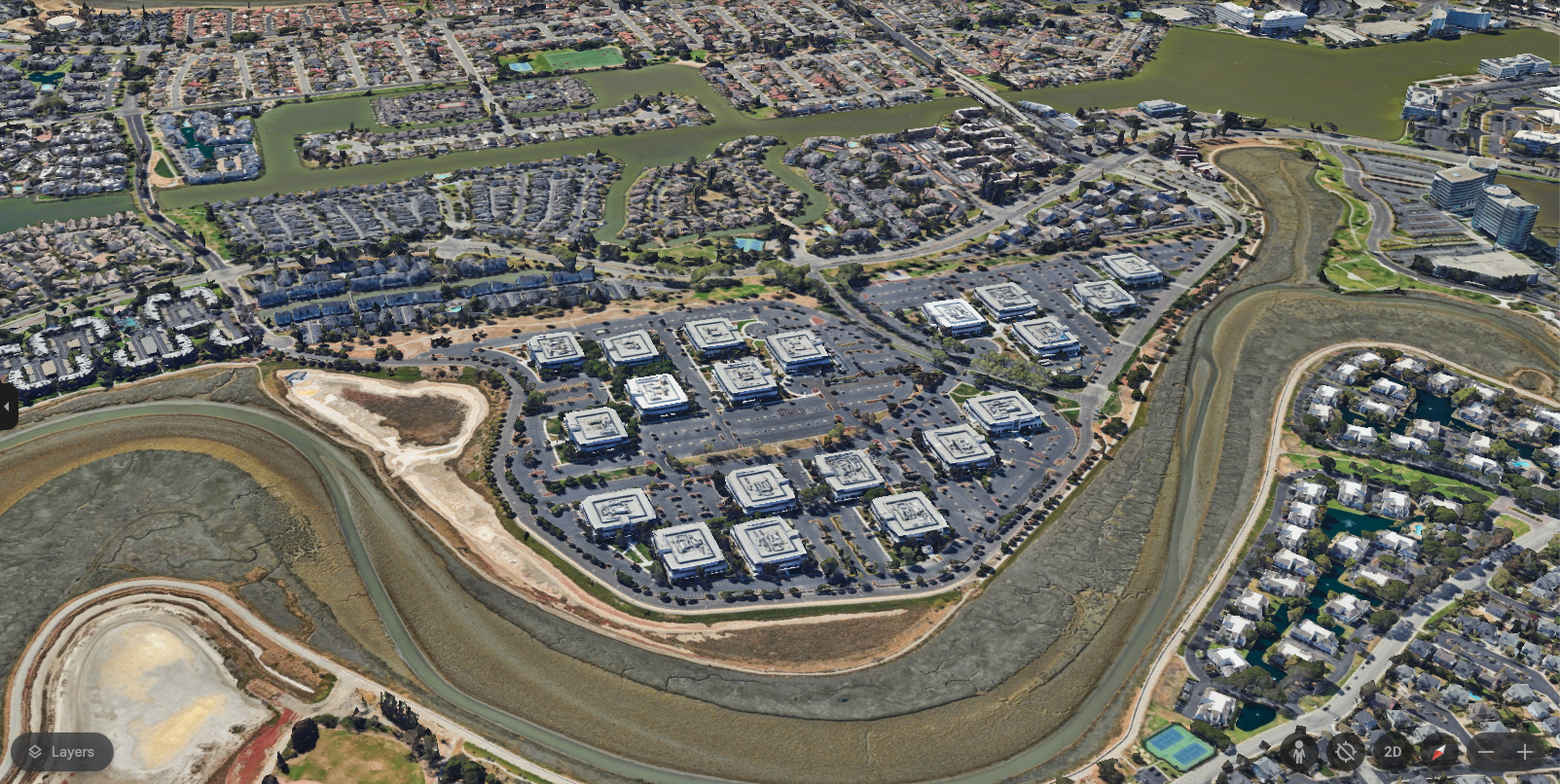
What is a precise plan?
A Precise Plan is a document that governs the future development of an area where unique conditions and the surrounding context require special guidance. A Precise Plan also coordinates public and private investments in and around the project area.
The Plan would cover the area containing a 85-acre life sciences campus located in the Redwood Shores neighborhood, north of Marine Parkway and bounded by the Belmont Slough. The campus currently houses 968,000 square feet in 20 buildings.
Watch the Project and Process Overview below to learn more about the project:
PLAN AREA
WHY NOW?
In July 2023, the City Council initiated a process to prepare a Precise Plan and Environmental Impact Report (EIR), conduct City-led community engagement, and analyze the community benefits that have been offered as part of the proposed Redwood Life project. This process will consider the repeal of the existing Westport Specific Plan, replacing it with a new Precise Plan.
wHAT IS OUR PROCESS AND WHAT ARE WE STUDYING?
Listening + Learning
Establishes a transparent and comprehensive engagement process.
Analyze environmental, transportation, and utility systems to understand potential opportunities and constraints.
California Environmental Quality Act (CEQA) Project Alternatives
Develop CEQA project alternatives based on initial engagement and technical analysis.
Facilitate a community conversation about the project alternatives to understand the trade-offs associated with different options.
Define a CEQA Project Alternative and conduct a comprehensive analysis of the impacts of the proposed project and alternative.
Evaluate the community benefits and fiscal impacts of the proposed project and project alternative.
Precise Plan + EIR Preparation
Draft a Precise Plan with standards for land use, building/site design, circulation, infrastructure improvements, parks and open space network, and community benefits framework.
Prepare an Environmental Impact Report (EIR) to evaluate the potential impacts of the Proposed Project and CEQA Project Alternative.
Review + Adoption
Review the Draft Precise Plan and EIR with the community and decision makers.
FAQ
The following is an ongoing list of Frequently Asked Questions (FAQ) that will be updated throughout the planning process.
-
The proposed Redwood Life project is a redevelopment of the existing campus owned by Longfellow Partners. A total of 3.31 million square feet of Research & Development (R&D) office and life sciences space has been proposed within 15 new buildings, including a 104-room hotel, a 46,000 square foot community amenity center, 7,037 parking spaces, a significant increase in parks and open space, sea level rise protection, and other public-serving amenities.
-
The applicant has proposed a General Plan-compliant project; however it exceeds the standards set forth in the existing Westport Specific Plan, which currently regulates development on the site. This process will consider the repeal of the existing Specific Plan, replacing it with a new Precise Plan that would accommodate the applicant’s project or a community-driven compromise alternative project.
-
The Plan would cover the area containing a 85-acre life sciences campus located in the Redwood Shores neighborhood, north of Marine Parkway and bounded by the Belmont Slough. The campus currently houses 968,000 square feet in 20 buildings.
-
The entire planning, engagement, and environmental review effort is estimated to take approximately two and a half years, which would put adoption in early 2026.
-
We invite all of Redwood City to get involved as we explore the future of the Redwood Life campus. Project information will be regularly updated on this website. Check back for details on public events and opportunities to provide feedback.
Visit the Get Involved page for information on upcoming engagement activities.
Sign-up to receive email notifications of upcoming meetings and events.
We have designed a transparent and accessible outreach and engagement process that includes regular interactions, such as workshops, surveys, and public meetings with the Planning Commission and City Council. Community input will help steer planning principles, impacts to be studied, and community benefits priorities. We look forward to engaging in meaningful conversations with you!
-
Community input will be critical in informing key aspects of the Precise Plan. Community members and stakeholders will be provided with easy-to-understand information to facilitate informed discussion and input regarding the future of the Redwood Life area. Key input from the community will influence the various phases of the Plan, starting with the development principles in Phase 1, potential CEQA alternatives to be studied in Phase 2, priorities and expectations for Community Benefits in Phase 3, and finally, the final standards and policies in the Precise Plan during Phase 4.
For more information visit our Get Involved page.
The input of community members, stakeholders, and City of Redwood residents is a central part of the Precise Plan process. Visit PlanRedwoodLife.com or scan the QR-code to get connected, stay up to date, and learn more about the effort.
Refer to the Get Involved page for upcoming engagement opportunities.
Community engagement Principles
-

TRANSPARENCY
Establish a transparent and comprehensive public engagement process that strives to include all Redwood City community members.
-

BUILD OFF PREVIOUS WORK
Expand the conversations that have already taken place regarding community concerns.
-

DEVELOP AN ALTERNATIVE
Develop a City-led CEQA project alternative that differs from the Longfellow proposed project and responds to environmental and community-identified issues and promotes positive outcomes.
-

COLLABORATE WITH EXPERTS
Collaborate with experts to analyze both the City-led project alternative and the proposed Longfellow project to better understand the impacts of various development scenarios on a range of environmental, transportation, and economic indicators, and share results with the community.
-

REPORT BACK
Report back to the community and Council throughout the process to ensure the Plan is responsive to community needs.

